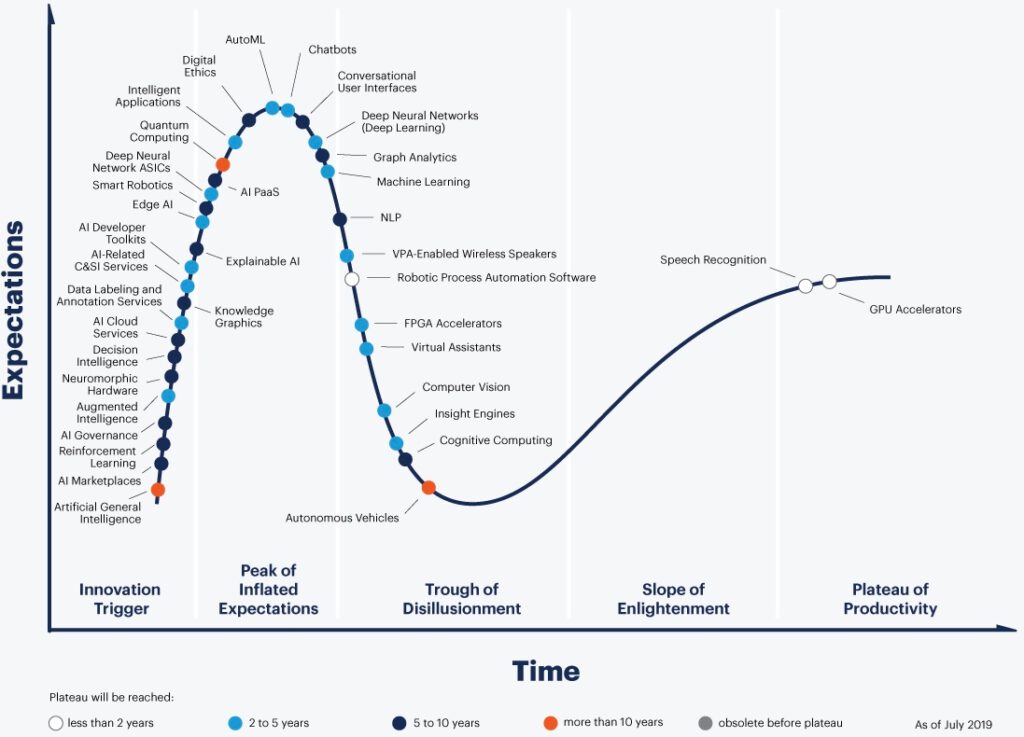At Shipwire, we would often see businesses start on Kickstarter or Indiegogo, and then migrate into a dozen or more “off-kickstarter” sales channels: setting up their own shopping cart, listing inventory in the Amazon marketplace, eBay, Groupon, marketplaces in Europe and Asia, and then start attending trade shows to find wholesalers to move the product into retail stores. Hundreds and sometimes thousands of orders would come in from all directions each day. Our systems would then need to map all these orders to inventory sitting in various warehouses around the world, to pick, pack and ship each order as quickly as possible.
All this sounds a bit complex, but doable. But what happens when the closest warehouse to an end consumer is in Los Angeles, but only half his order is in stock in that warehouse. Do we ship the other half from inventory sitting in Pennsylvania, or do we ship the entire order from Penn, or do we wait until new inventory arrives in Los Angeles in 2-3 days, and upgrade the shipping speed to overnight at no charge in order to meet Amazon’s service levels? But then do we ship the first half from LA today, or wait until the order is full later this week?
And by the way, where should we instruct future inventory to go, to avoid this problem in the future? Should we move any existing inventory between warehouses, to avoid issues with a Groupon promotion scheduled to go out next week?
And now that we’re ready to ship the order, what box should we use? Would two small boxes be less expensive to ship than one big, bulky box? Wait, how much does the box itself cost? Wouldn’t the box be significantly cheaper in our Chicago warehouse, where we buy in bigger bulk? But then how would the box savings compare to the increased shipping costs from Chicago?
Oh, and how long has the inventory been sitting in Chicago, collecting dust and storage fees? Have we been counting these carrying costs in all our calculations across all our warehouses? Wouldn’t life be easier if we had fewer warehouses to carry inventory? But again, how does that compare to the savings from shipping from more local warehouses?
Now we just need to answer all these questions in a millisecond, because thousands of orders are backing up with their own set of questions that need to be answered.
Welcome to the world of artificial intelligence. The best run businesses I’ve seen are already running into dozens of algorithms that intelligently route orders in real time. It’s reasonable to expect each algorithm to become a business in and of itself, that can be AWS’d (turned into a web service for other businesses to use, as Amazon is increasingly doing).
At Shipwire, our first algorithm handled packaging configuration in real-time, combining package sizes, availability and costs, with shipping costs and times, in order to route orders to ideal warehouses, along with a packaging instruction.
Amazon Flex is a completely different type of algorithm that we’ll soon see become its own business. Amazon Flex is basically UberX in reverse, where regular folks sign up to handle deliveries in their area. Amazon’s algorithm here allows them to hire a driver at minimum wage to handle last mile delivery, undercutting what they would pay UPS to do the same thing. This only works where Amazon has a high density of shipments. When they open the service to non-Amazon shipments, the density will go even higher, making this service even more effective. Where Uber is having troubles making a profit with the UberX business model, Amazon Flex appears to be having better luck building density and profit potential.
Now all this is well and good progress. But China is advancing far faster than the U.S. in artificial intelligence, and may one day soon be able to weaponize logistics algorithms. We all need to run faster to build artificial intelligence that helps supply chains run faster, cheaper and better. Please visit my office hours and continue this conversation.
Hype Cycle for Artificial Intelligence

Source: Gartner